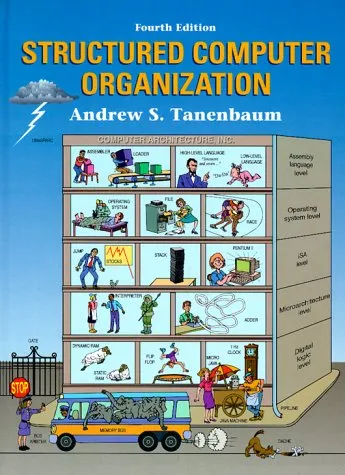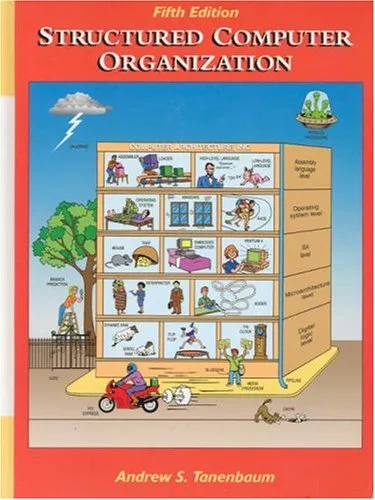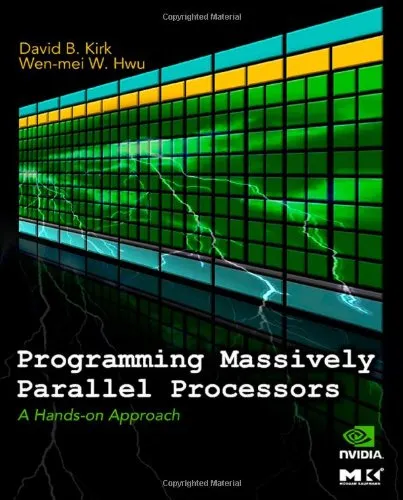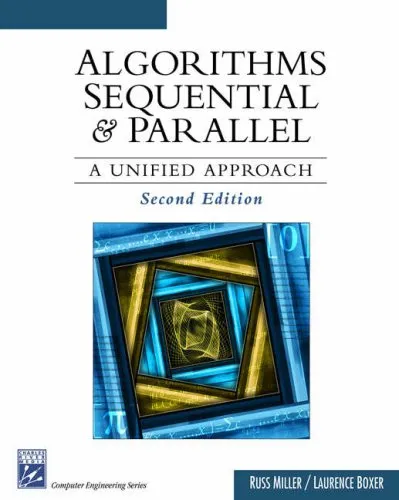Computer Organization and Design, Third Edition: The Hardware-Software Interface, Third Edition (The Morgan Kaufmann Series in Computer Architecture and Design)
4.3
Reviews from our users

You Can Ask your questions from this book's AI after Login
Each download or ask from book AI costs 2 points. To earn more free points, please visit the Points Guide Page and complete some valuable actions.Related Refrences:
Introduction
Welcome to the world of computer architecture and design, where understanding the hardware-software interface is key to grasping the intricacies of computing systems. "Computer Organization and Design, Third Edition: The Hardware-Software Interface" by David A. Patterson and John L. Hennessy is a seminal work that dives deep into the architecture of modern computing. This book is an essential resource for both computer science students and professionals looking to broaden their understanding of computer systems. In this comprehensive introduction, we will explore the book's detailed summary, key takeaways, famous quotes, and why this book remains pivotal in the field.
Detailed Summary
The third edition of "Computer Organization and Design" provides a thorough exploration of the hardware-software interface, offering keen insights into the way hardware supports software execution. With an emphasis on the design principles and the interaction between the hardware and the software, Patterson and Hennessy guide readers through the fundamental constructs of computer architecture. This edition includes updated examples and developments in the field, such as changes in hardware technology and applications.
The book covers essential topics such as pipelining, cache optimization, and the intricacies of instruction set architecture, providing readers with a robust framework to understand and evaluate contemporary processors. Each chapter ends with exercises to enhance learning, further cementing the reader's understanding of the material.
Key Takeaways
Understanding computer architecture is crucial for enhancing software performance and developing hardware that meets software needs efficiently. By comprehending topics like pipelining and caches, professionals can optimize computational workloads and fine-tune their systems. The book emphasizes a practical approach, equipping readers with the tools to apply these concepts to real-world scenarios.
- Grasp the essentials of instruction set architecture and its impact on computer design.
- Learn the principles of pipelining and how it improves processor performance.
- Understand the role and optimization of caches in computer architecture.
- Get acquainted with modern developments in computer hardware and software interactions.
Famous Quotes from the Book
Throughout the book, David A. Patterson and John L. Hennessy deliver insights that remain relevant and thought-provoking. Here are a few select quotes:
"In the end, the architectural trade-offs made in building a computer determine both its ultimate speed and the elegance of its design."
"Understanding the hardware-software interface is critical to writing efficient software."
Why This Book Matters
In a world increasingly driven by technology, understanding the foundational principles of computer systems is essential. "Computer Organization and Design, Third Edition" stands out as an authoritative guide that bridges the knowledge gap between hardware and software. By illuminating the workings of computer systems from the ground up, it provides readers with the insight needed to innovate and excel in the field of computer science.
Whether you are a student beginning your journey in computer architecture or a seasoned professional looking to stay abreast of advancements, this book offers invaluable knowledge that enhances both academic and professional pursuits.
Free Direct Download
You Can Download this book after Login
Accessing books through legal platforms and public libraries not only supports the rights of authors and publishers but also contributes to the sustainability of reading culture. Before downloading, please take a moment to consider these options.
Find this book on other platforms:
WorldCat helps you find books in libraries worldwide.
See ratings, reviews, and discussions on Goodreads.
Find and buy rare or used books on AbeBooks.
1535
بازدید4.3
امتیاز0
نظر98%
رضایتReviews:
4.3
Based on 0 users review
Questions & Answers
Ask questions about this book or help others by answering
No questions yet. Be the first to ask!
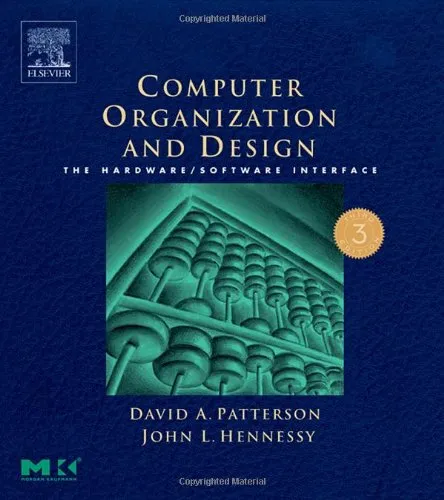
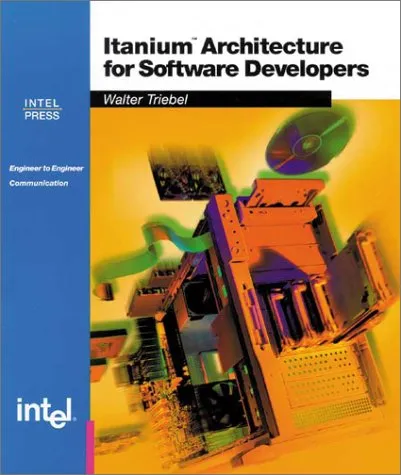
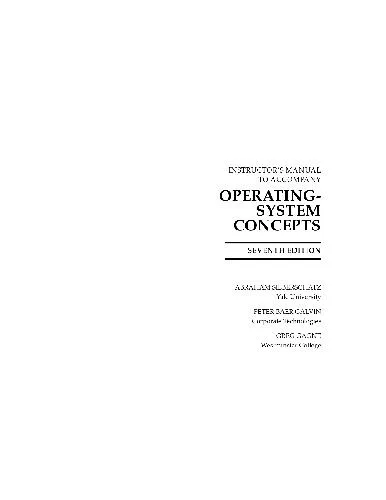
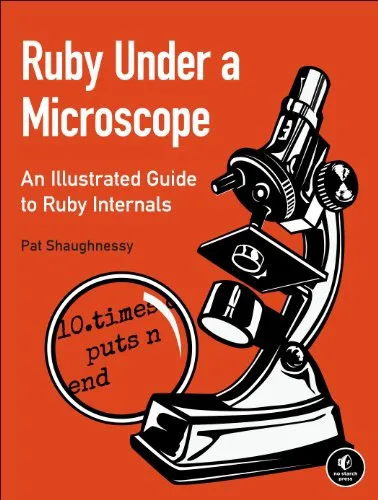
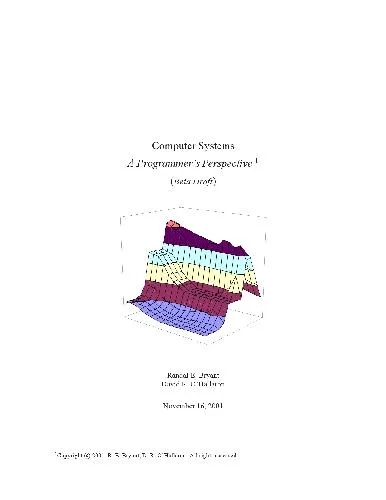
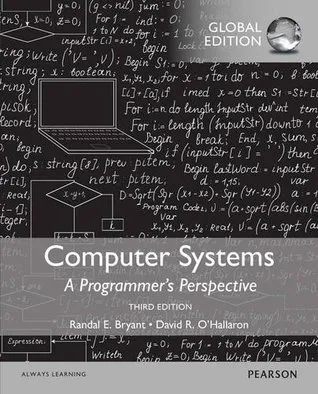
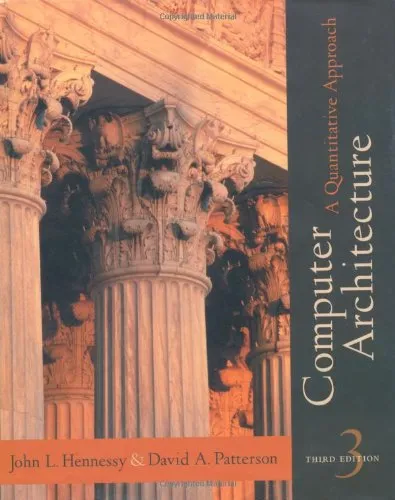
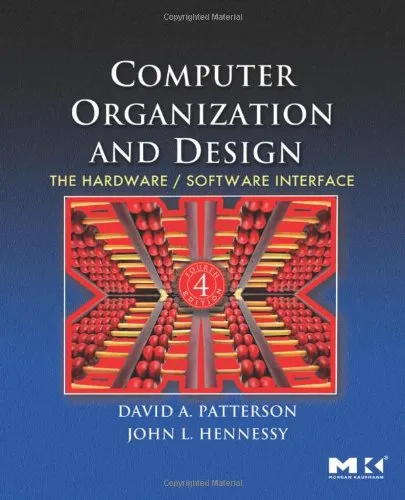
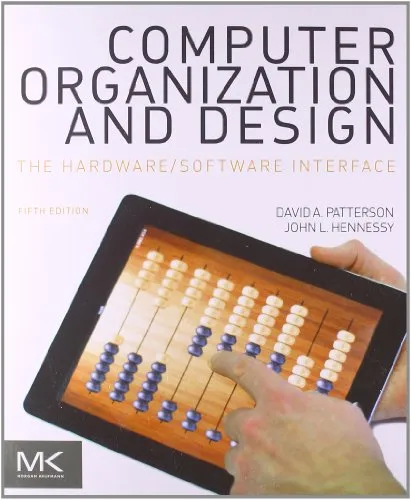
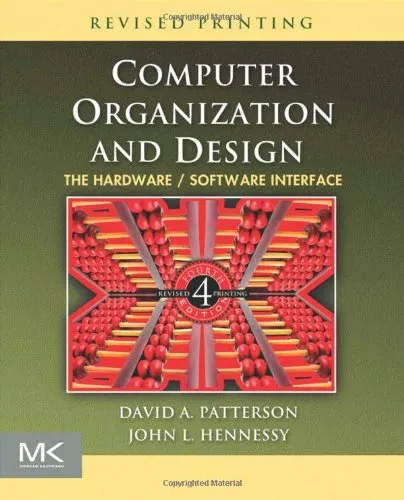
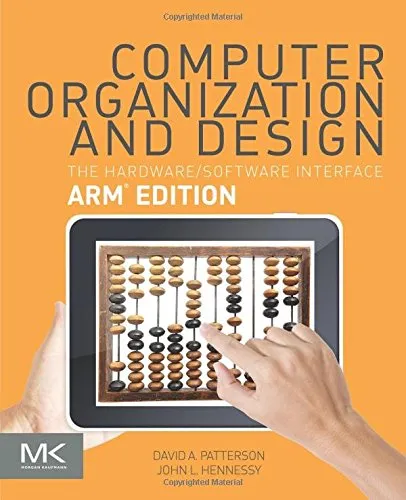
![Computer Organization and Design: The Hardware Software Interface [RISC-V Edition]](https://s3.refhub.ir/images/thumb/Computer_Organization_and_Design__The_Hardwar_6135.webp)
